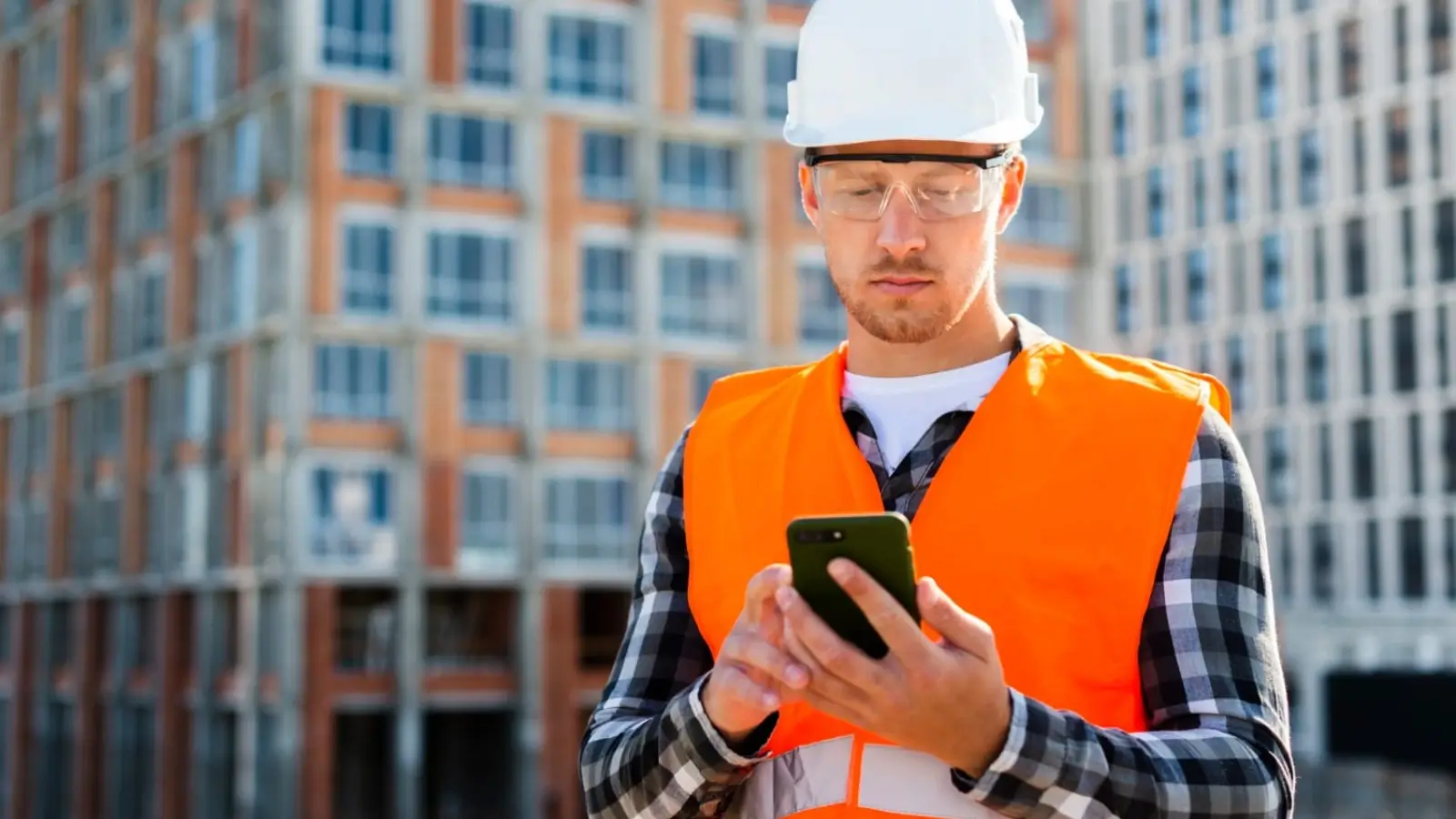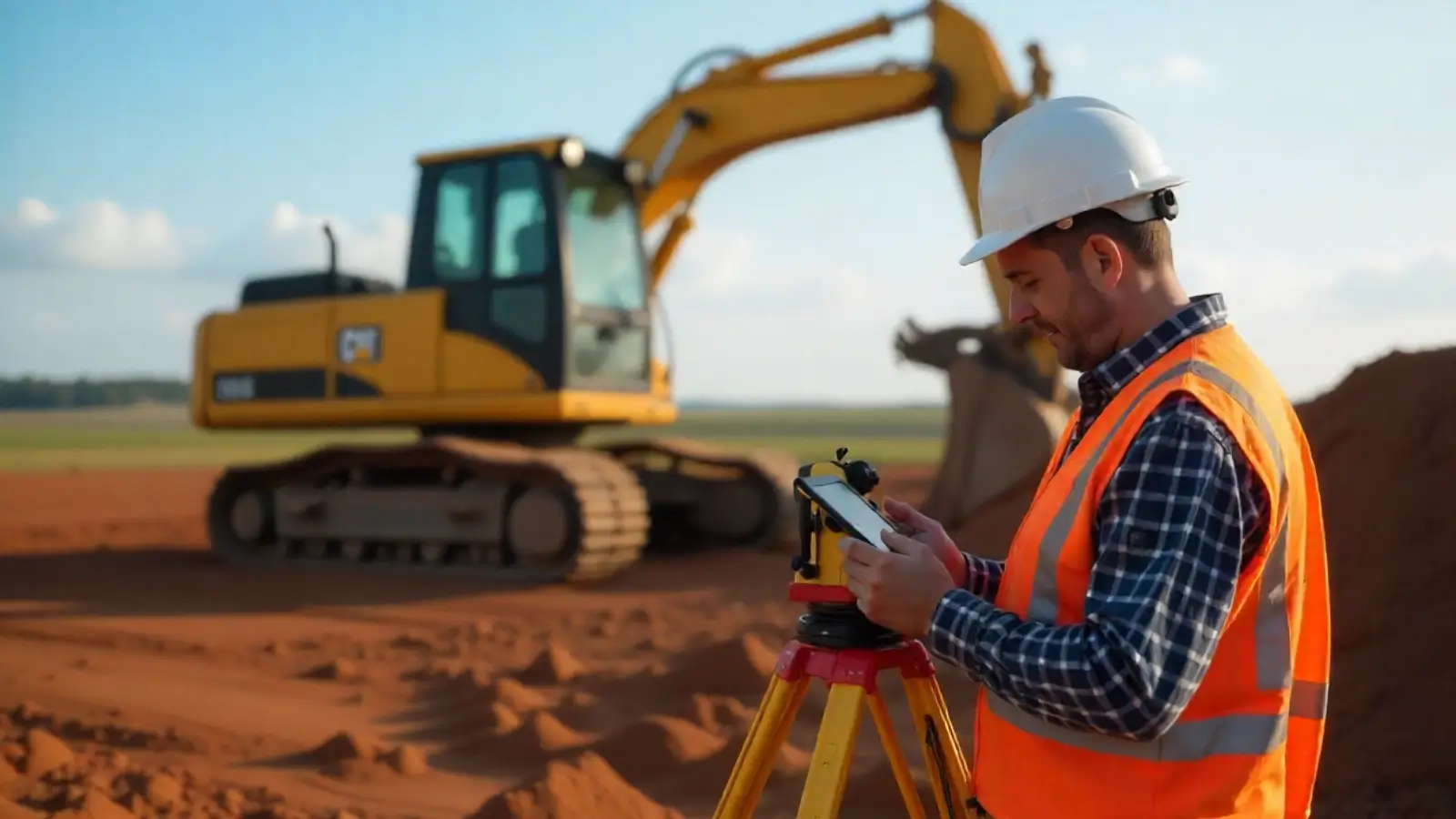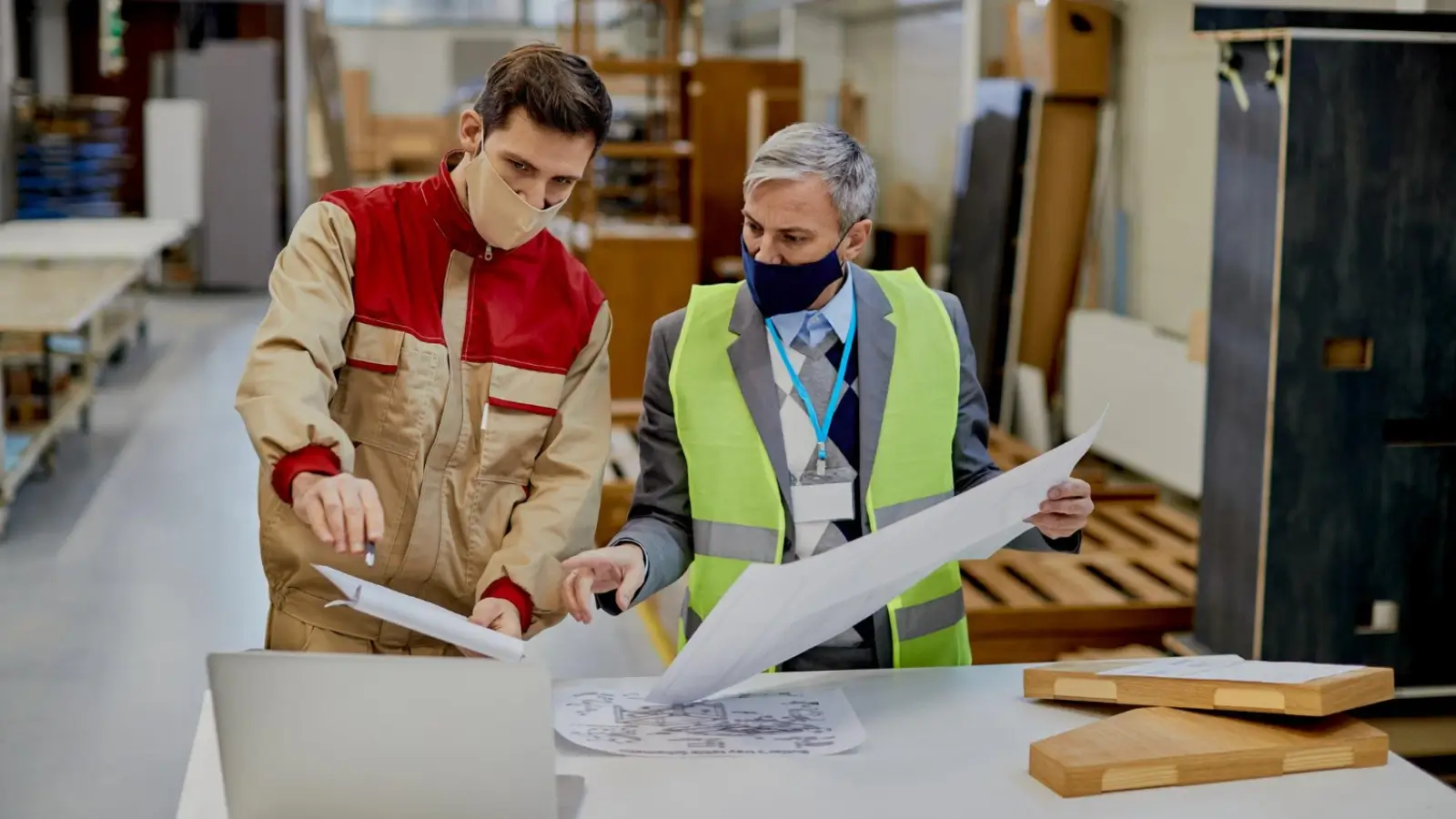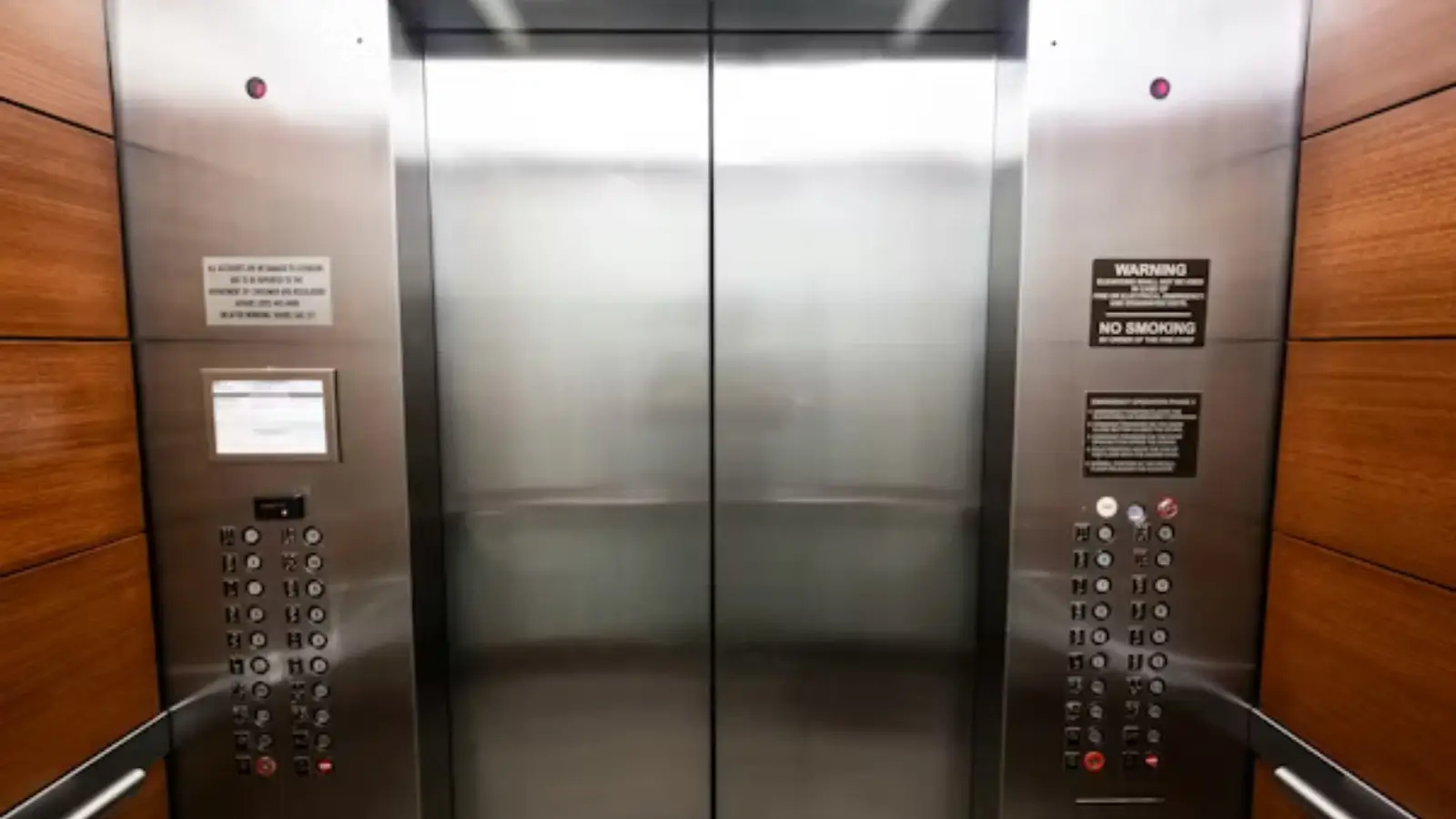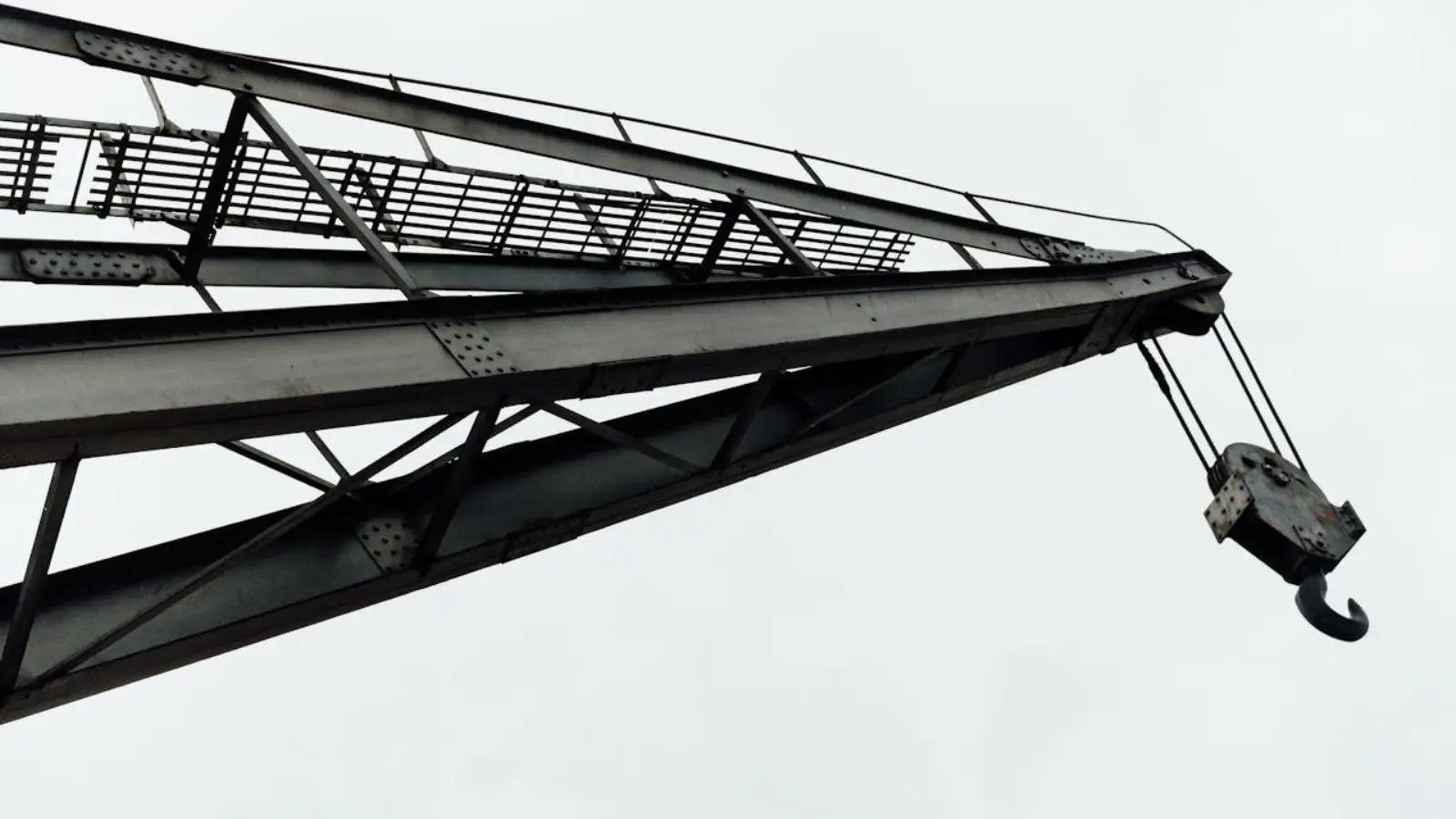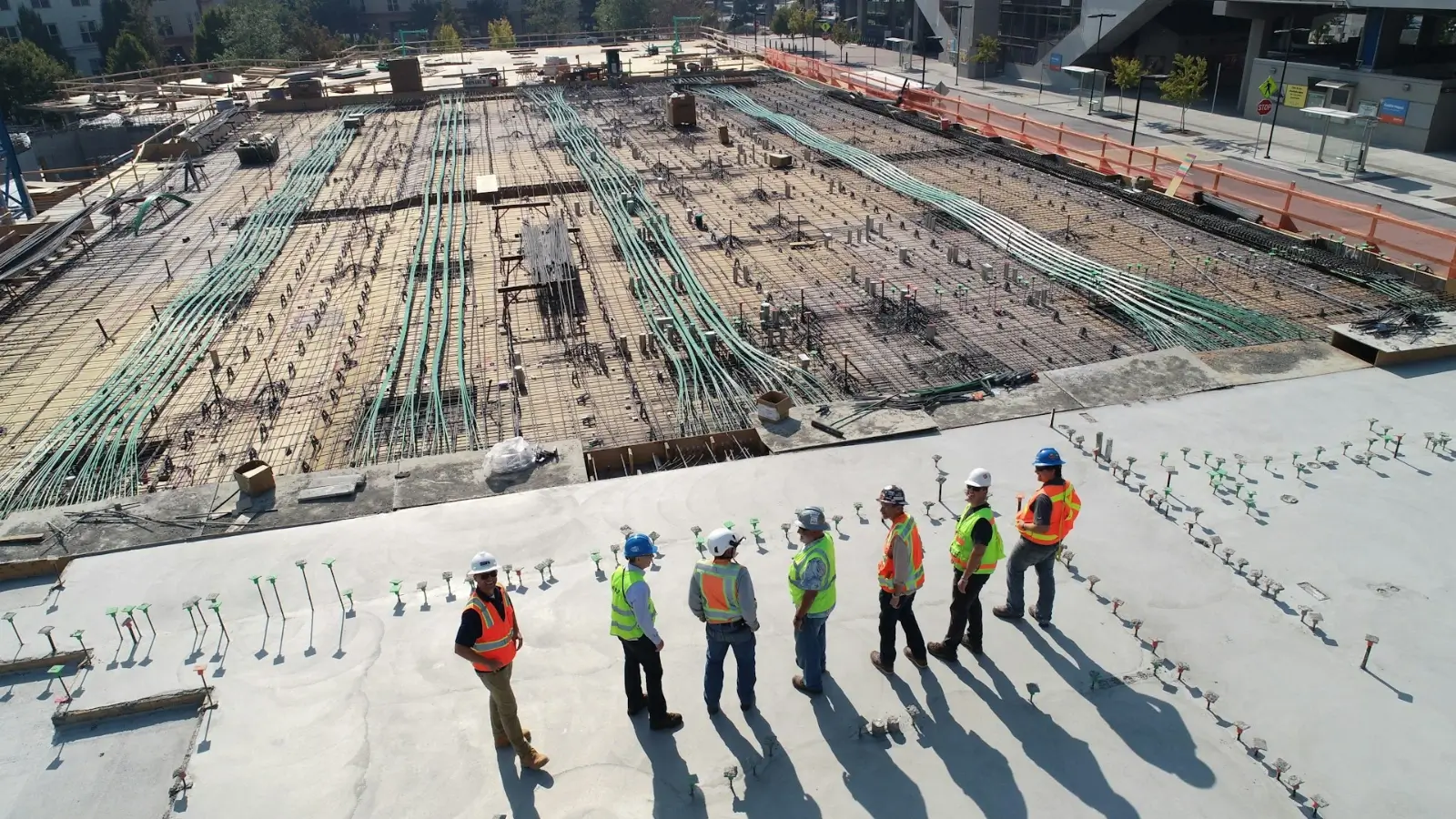Construction sites are among the most hazardous workplaces in the world. From working at heights and using heavy machinery to exposure to extreme weather and isolated job locations, the risks are real—and often life-threatening. For lone workers in construction, these risks are magnified. That’s why Lone Worker Safety Apps have emerged as an essential tool for modern construction companies in 2025.
In this article, we’ll explore how these apps work, the specific risks lone construction workers face, and how technology is helping companies reduce incidents and save lives.
Understanding Lone Workers in the Construction Industry
What Defines a Lone Construction Worker?
A lone construction worker is someone who operates without direct supervision or immediate assistance. This can include:
-
Workers in remote job sites
-
Equipment operators working solo shifts
-
Site inspectors and surveyors
-
After-hours maintenance staff
-
On-call emergency repair personnel
They might be completely alone or out of sight/sound from others on a large site.
Why They’re More Vulnerable
Construction is inherently dangerous, and being alone adds layers of risk:
-
Delayed response to injuries or accidents
-
Lack of real-time communication
-
No witnesses or backup in emergencies
-
Limited access to first aid or rescue
Without a way to instantly alert for help, minor incidents can turn catastrophic.
Key Features of Lone Worker Safety Apps for Construction
1. Real-Time Location Tracking
These apps provide GPS monitoring that shows exactly where a lone worker is—critical for large or remote sites. This feature enables quick action in case of emergency or check-in failure.
2. Automated Check-Ins and Panic Alerts
-
Workers are prompted to check in at regular intervals.
-
If they miss a check-in, an alert is sent automatically.
-
Panic buttons let them call for help instantly.
This creates a virtual safety net even when no one is physically nearby.
3. Fall Detection and Motion Sensors
Integrated motion-sensing and gyroscopic tech can detect:
-
Sudden falls
-
Lack of movement over time
-
Abnormal vibrations or shaking
Automatic alerts are sent if the worker is unresponsive or potentially injured.
Addressing Common On-Site Hazards with Technology
1. Falls from Height
One of the most common causes of fatal injuries in construction is falling. A lone worker who slips from scaffolding or a ladder might not be discovered quickly. Apps with fall detection shorten response time significantly.
2. Equipment Accidents
Heavy machinery and power tools pose major risks. If a lone worker is crushed or caught in equipment, having a direct emergency channel can bring immediate help—potentially saving their life.
3. Environmental Dangers
Extreme heat, cold, or hazardous substances can quickly overwhelm a worker. Safety apps monitor exposure time and allow the worker to raise alerts without delay.
Legal & Compliance Considerations in Construction
Meeting Health & Safety Requirements
In most countries, including the US, UK, Australia, and Canada, construction employers are required to:
-
Identify lone worker roles
-
Conduct risk assessments
-
Implement effective monitoring systems
-
Provide means of communication during emergencies
Using a lone worker safety app helps fulfill these legal obligations.
Avoiding Costly Fines and Litigation
Failure to provide adequate safety measures for lone workers can result in:
-
Heavy regulatory fines
-
Worker compensation claims
-
Lawsuits and criminal liability
Investing in a safety app is a proactive way to protect workers and the company.
Benefits for Construction Companies and Workers
1. Improved Worker Confidence and Morale
Knowing they are supported and monitored boosts worker morale. This leads to:
-
Better job satisfaction
-
Fewer no-shows or absenteeism
-
Increased productivity and focus
Employees are more likely to stay with companies that prioritize their safety.
2. Better Project Oversight and Reporting
Most lone worker apps include:
-
Digital safety reports
-
Incident logs
-
Time and location tracking
This data improves decision-making, compliance documentation, and overall project visibility.
Real Use Cases: How Apps Are Saving Lives
Case Study: Emergency Response on a Remote Site
A construction company working on a remote bridge project equipped workers with safety apps. One engineer fell into a shallow trench and couldn’t move. The app detected the fall, sent an automatic alert, and rescue was dispatched within minutes. Without it, he might have waited hours.
Case Study: After-Hours Technician Incident
A maintenance worker servicing a crane during off-hours became trapped between hydraulic arms. His safety app sent out a panic alert and shared GPS coordinates, allowing emergency teams to arrive and free him quickly.
These examples demonstrate how technology isn’t just convenient—it’s critical.
Choosing the Right Lone Worker Safety App for Construction
What to Look For
When selecting a safety app for your construction team, ensure it includes:
-
Fall detection
-
SOS alert buttons
-
Automated check-in features
-
24/7 monitoring support
-
Integration with mobile or wearable devices
-
Data logging and compliance features
Scalable Solutions for Small and Large Crews
Whether you're a small business with 10 workers or a large contractor managing multiple job sites, these apps are scalable. Cloud-based platforms allow easy onboarding and real-time visibility across the board.
Final Thoughts: Future-Proofing Construction Safety in 2025
The construction industry continues to embrace innovation—but safety must evolve with it. In 2025, a hard hat alone isn’t enough. Lone Worker Safety Apps are becoming the digital lifelines that bridge the gap between risk and response.
By integrating these tools into your safety strategy, you're not just complying with regulations—you’re sending a clear message that your workers matter. And in construction, that can be the foundation for something greater than any building—trust, loyalty, and a truly safe workplace.

